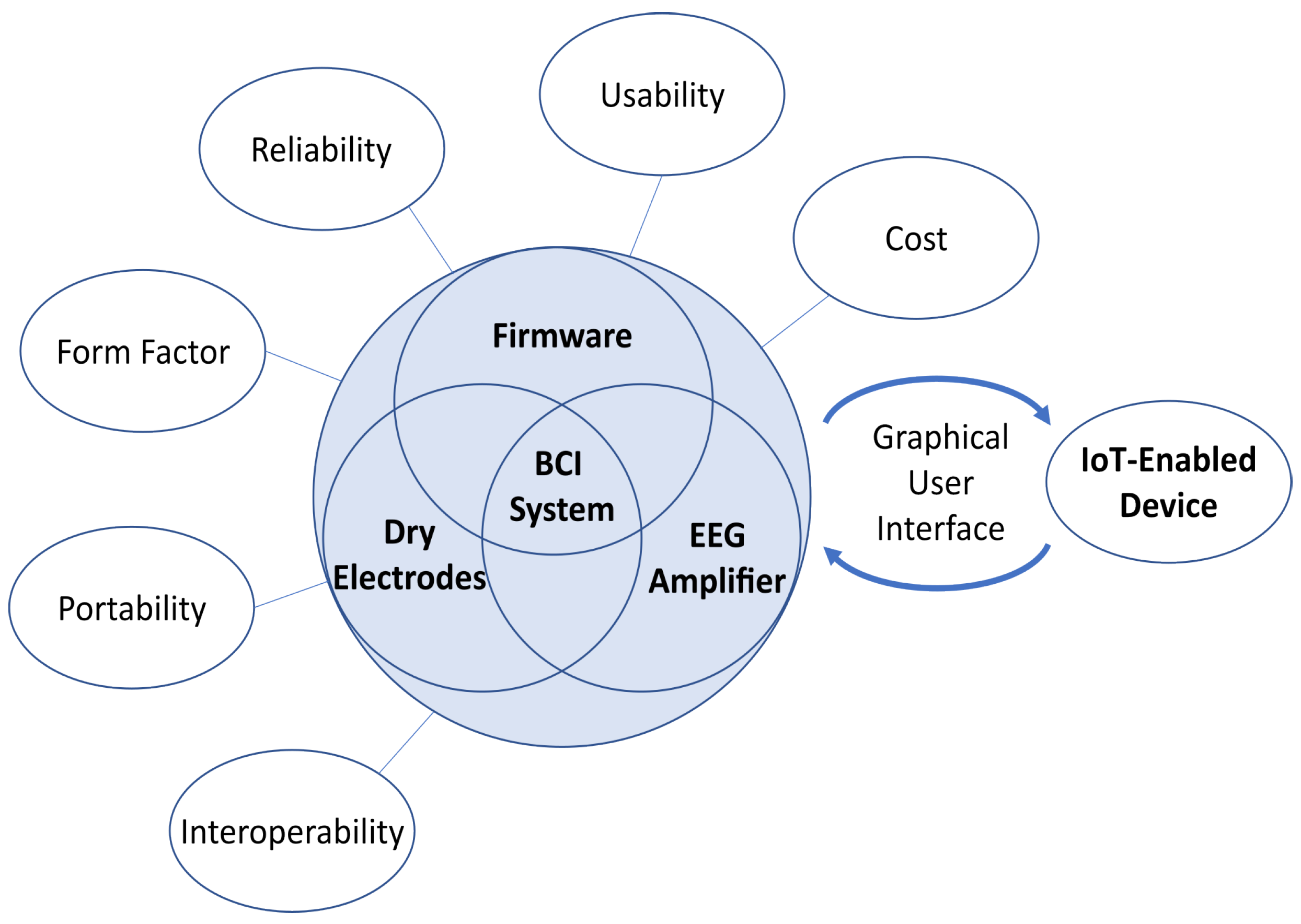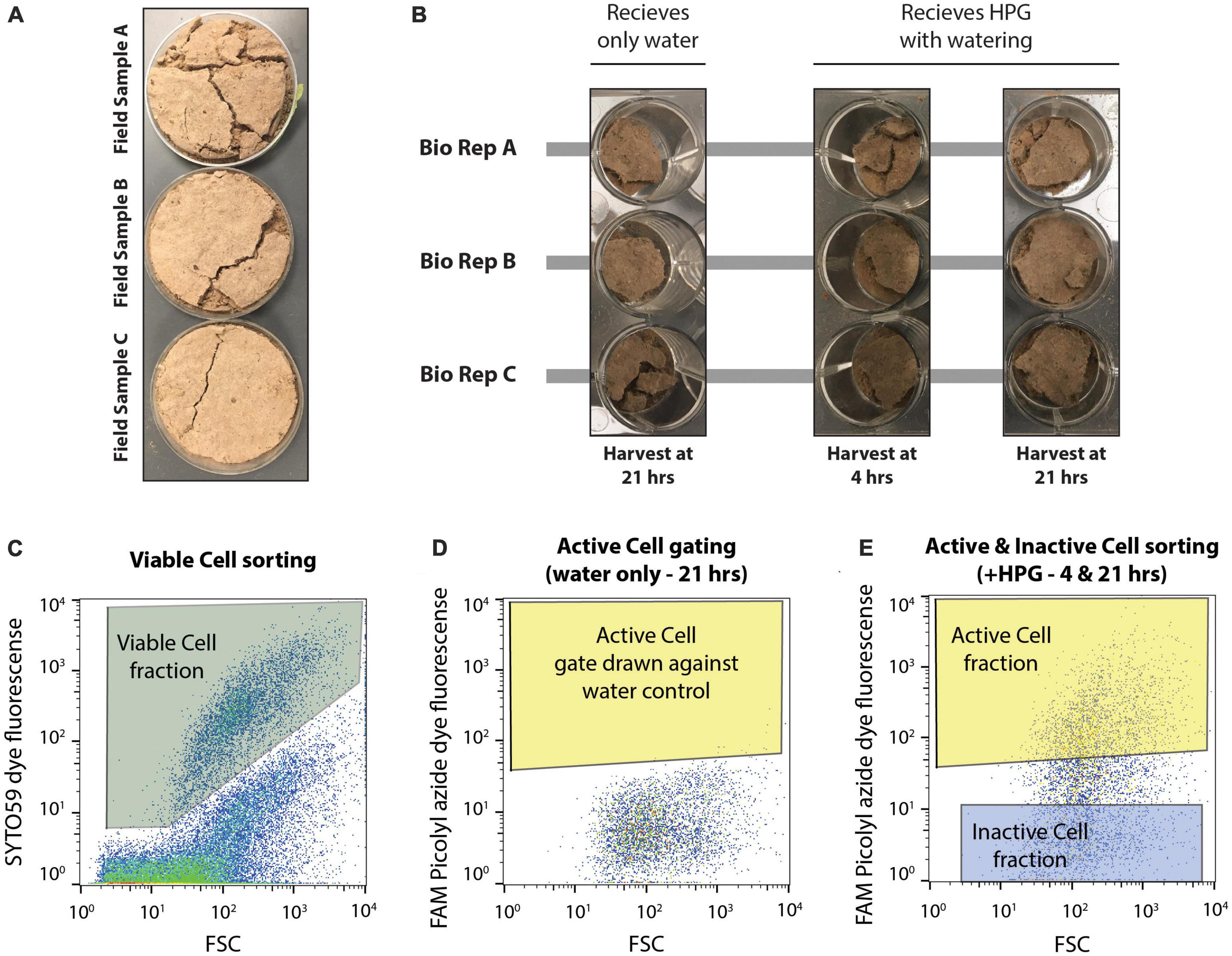2023-08-08 ヒューストン大学(UH)
◆頭皮脳波を使用し、脳活動を解釈してロボティック動きを開始するシステムであり、脳卒中後の運動回復にも影響を与える可能性。市販部品を使用した調整可能なヘッドセットが90%の人口に適応し、特許出願中の技術で設計されている。商用BCIシステムと比較して、携帯性と信号品質を高め、脳卒中リハビリの効果的な展開を可能にする画期的な発明とされている。
<関連情報>
- https://uh.edu/news-events/stories/2023/august-2023/08082023-stroke-rehab-home-contreras-vidal.php
- https://www.mdpi.com/1424-8220/23/13/5930
低コストのモバイルEEGベースの脳コンピュータ・インターフェースの設計と検証 Design and Validation of a Low-Cost Mobile EEG-Based Brain–Computer Interface
Alexander Craik,Juan José González-España,Ayman Alamir,David Edquilang,Sarah Wong,Lianne Sánchez Rodríguez,Jeff Feng,Gerard E. Francisco and Jose L. Contreras-Vidal
Sensors Published: 26 June 2023
DOI:https://doi.org/10.3390/s23135930

Abstract
Objective: We designed and validated a wireless, low-cost, easy-to-use, mobile, dry-electrode headset for scalp electroencephalography (EEG) recordings for closed-loop brain–computer (BCI) interface and internet-of-things (IoT) applications. Approach: The EEG-based BCI headset was designed from commercial off-the-shelf (COTS) components using a multi-pronged approach that balanced interoperability, cost, portability, usability, form factor, reliability, and closed-loop operation. Main Results: The adjustable headset was designed to accommodate 90% of the population. A patent-pending self-positioning dry electrode bracket allowed for vertical self-positioning while parting the user’s hair to ensure contact of the electrode with the scalp. In the current prototype, five EEG electrodes were incorporated in the electrode bracket spanning the sensorimotor cortices bilaterally, and three skin sensors were included to measure eye movement and blinks. An inertial measurement unit (IMU) provides monitoring of head movements. The EEG amplifier operates with 24-bit resolution up to 500 Hz sampling frequency and can communicate with other devices using 802.11 b/g/n WiFi. It has high signal–to–noise ratio (SNR) and common–mode rejection ratio (CMRR) (121 dB and 110 dB, respectively) and low input noise. In closed-loop BCI mode, the system can operate at 40 Hz, including real-time adaptive noise cancellation and 512 MB of processor memory. It supports LabVIEW as a backend coding language and JavaScript (JS), Cascading Style Sheets (CSS), and HyperText Markup Language (HTML) as front-end coding languages and includes training and optimization of support vector machine (SVM) neural classifiers. Extensive bench testing supports the technical specifications and human-subject pilot testing of a closed-loop BCI application to support upper-limb rehabilitation and provides proof-of-concept validation for the device’s use at both the clinic and at home. Significance: The usability, interoperability, portability, reliability, and programmability of the proposed wireless closed-loop BCI system provides a low-cost solution for BCI and neurorehabilitation research and IoT applications.


